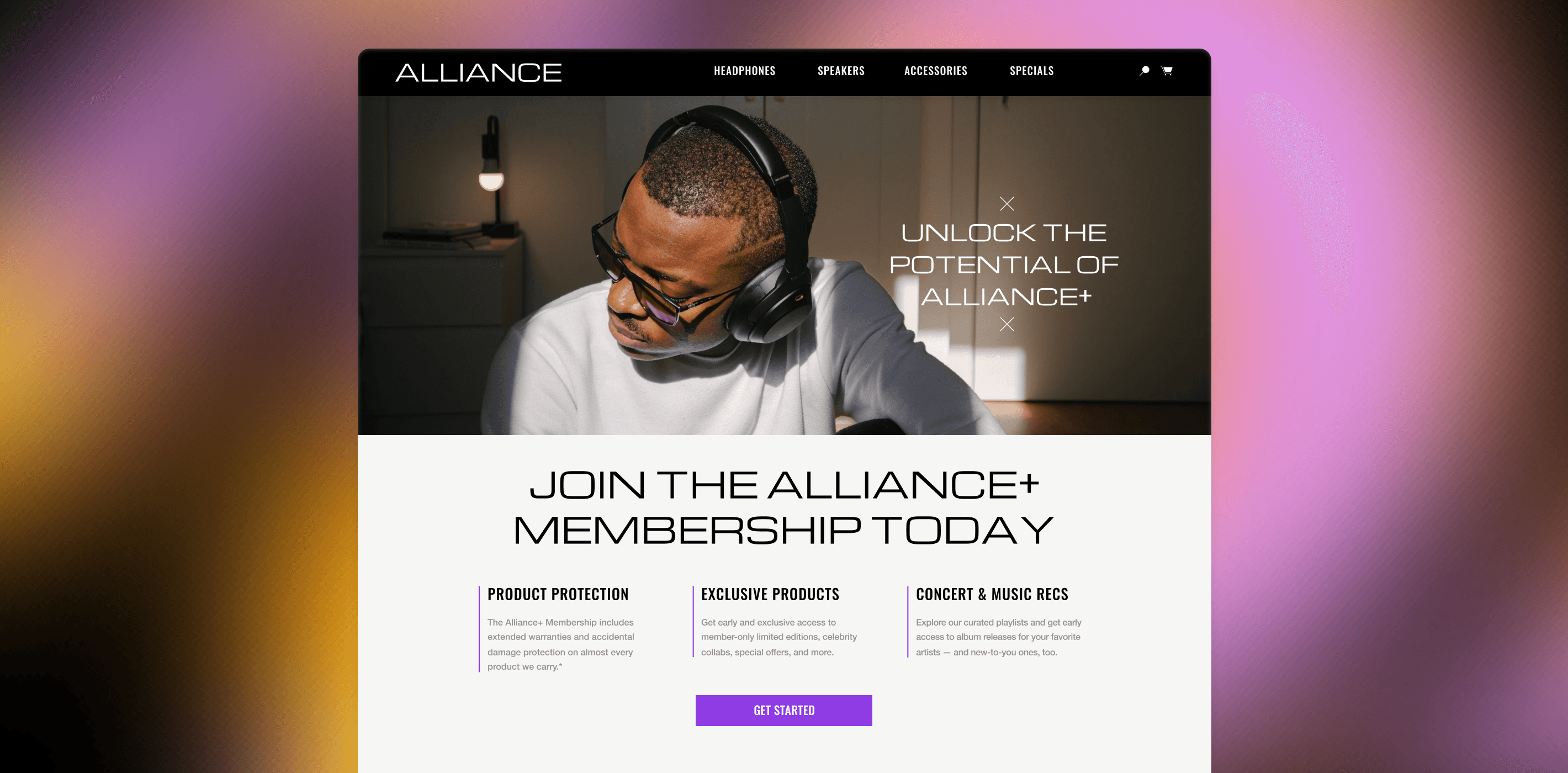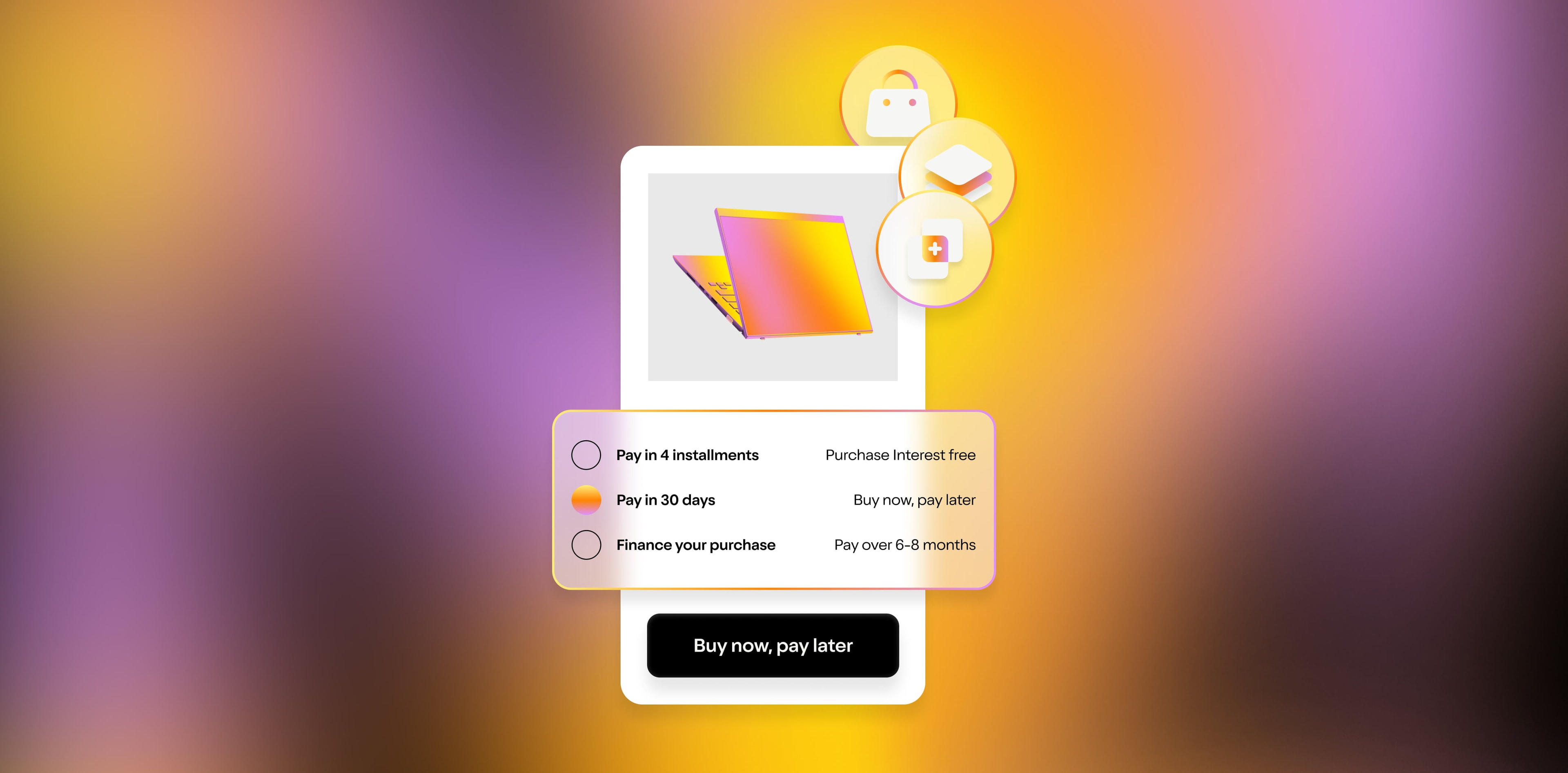Marketing is full of the “shiny new thing” syndrome: companies wholeheartedly embracing the latest tech-enabled idea for driving eyeballs, clicks, and sales even before those new methods have been fully tested and proven to work better than alternatives.
We saw it with banner ads in the 2000s and the pivot to video in the 2010s and we’re in the middle of seeing it with the growing influencer economy of the 2020s.
Influencer marketing makes sense on paper, it’s true. People who have amassed huge followings by virtue of being either good-looking, funny, or useful (and very occasionally, two of those three) charge brands for access to said huge followings, and brands are happy to pay because they’re getting in front of an engaged, opted-in audience and they’re benefiting from the social proof inherent in the fact that the influencer is endorsing their product or service.
But like with any marketing campaign, you’ve got to look at the costs and benefits. That’s hard to do in an area like influencer marketing where there’s not a lot of historical data to look at, and where even the mechanics—like Instagram’s algorithms—are constantly changing.
Here, we dig into:
what influencer marketing is
how influencer marketing works
whether marketing through influencers is effective, and how to measure it
when a brand partnership might make more sense than an influencer
a checklist for choosing a good influencer to work with or brand partnership to pursue
What is influencer marketing?
Influencer marketing is a strategy used by brands to promote their products and services. They hire someone with a large social media platform to endorse their products, share discounts and sales, and increase awareness of their brand.
The most popular platforms are Instagram, TikTok, Facebook, and YouTube, but that’s always changing; in 2016, Facebook took first place, per a SheSpeaks influencer report shared by eMarketer , and TikTok had just launched.
It’s different from celebrity branding or product endorsement where public figures are paid to appear in advertising that’s clearly identifiable as advertising. In influencer marketing, those ads are woven into the regular content that a highly-engaged audience has come to expect from that public figure and aren’t immediately identifiable as marketing, and thus “influence” the audience more subtly.
For example, even though Drake appeared in State Farm’s Super Bowl ad this year—which State Farm proudly shared on their Instagram—he didn’t promote it on his. He was a paid spokesperson, not an influencer:
On the other hand, influencer Oneika Raymond used to share mostly travel tips (and related products) with her 100k+ followers on Instagram. Then she had a baby and expanded into the momfluencer niche, a la this sponsored crib post:
How does influencer marketing work?
Brands find influencers, either through one-off outreach to influencers in their niche or by using an influencer marketing agency or software tools that connect brands to specific influencers depending on characteristics like platform, audience size, engagement rate, industry, and cost.
For example, a video game maker might want to target Twitch influencers, whereas a food company is probably going to stick with Instagram.
Gena Hamshaw is a registered dietician with 85k Instagram followers who is an influencer for brands aligned with her vegan diet and healthy aesthetic, like Bowery Farming:
Once a brand has identified the influencers they want to work with, they’ll negotiate the campaign terms. Most campaigns run for a set period of time, like a month, and are tied to specific marketing goals.
A 2021 influencer marketing industry survey found that only 32% of influencers are given monetary compensation, and that the majority accept products or even product discounts in lieu of money.
That’s not to say that influencer marketing isn’t expensive, though—a base rate for well-known influencers is $100 per 10,000 followers, with celebrities charging much, much more than that.
Hopper’s 2020 Rich List of celebrities who participate in influencer marketing was topped by The Rock, who charges over one million dollars for a single post:
After deciding on the timing and cost of a campaign, brands and influencers will talk about the content. Are they sharing a photo with a caption? A carousel of several photos? A video? A story, maybe with a swipe-up feature? A reel? A brand takeaway on your page? A link in their bio? A giveaway promoted across their entire page? And those are just the options on Instagram! Depending on the type of content, production budgets, and copyright preferences, a brand might have an influencer create all of the content to be shared, might set up them up a photoshoot or other resources to support the content, or might have the influencer share content produced entirely in-house.
Is influencer marketing effective?
You’d hope so, considering the expectation that the industry will hit $13.8 billion dollars that Influencer Marketing Hub found in their 2021 survey.
A lot of effectiveness depends on industry and specific goals, though, and per that report, only 67% of people who use influencer campaigns measure their ROI.
Goals for influencer marketing can include:
Increasing brand awareness within a specific audience segment
Driving sales
Getting more leads
Creating user-generated content for future campaigns
This #sponsored Instagram post by a lifestyle blogger and influencer rights lawyer (!) includes a request for her audience to share their own pairings with a specific hashtag—which the liquor company can then use in subsequent social media posts.
Depending on the goals that a business selects, they might look at:
Engagement: what percentage of an influencer’s audience engaged—liked, commented, shared, saved—with the campaign in some form?
Clicks: how many people followed a link shared by the influencer?
Views or impressions: how many followers saw the content?
Sales: how much revenue did a campaign bring in?
Followers: how many new followers did a campaign attract to the business page?
All of those numbers need to be overlaid by spend, though, to be truly useful, like in the case of more traditional (https://www.joinclyde.com/blog/three-ways-to-combat-rising-customer-acquisition-costs#:~:text=Your%20customer%20acquisition%20cost%20(CAC,That's%20extremely%20low!) . How much did it cost to hire an influencer for a campaign, what were the results, and is that cheaper, more expensive, or the same as investing those marketing dollars into other avenues?
There are also risks to keep in mind. Influencer marketing can be ineffective and even damaging to a brand when it’s:
With fraudulent influencers. Use tools like Hypeauditor to verify an influencer’s audience is real and engaged.
With problematic influencers. If a brand works with an influencer in their niche who gets involved in a scandal or goes public with harmful personal views, the brand can suffer reputational damage.
What’s the difference between influencers and brand partnerships?
Influencer marketing is based on accessing someone else’s engaged audience. But it’s not the only way to do that—brand partnerships are another.
Think of your favorite crossovers: LEGO x Star Wars. Target x Hunter.
All of them get one brand’s products onto the radar of another’s, and vice versa, increasing brand awareness and sales for both. Maybe a jewelry company looking to expand into a younger market can do a more affordable line with a streetwear designer. Or a blender company can release custom recipes developed with a supplements company. Or a mattress company hoping to increase sales can partner with an established furniture company.
(Oh, wait...Casper and West Elm already did that.)
The same can work for service-based companies, too. A company that provides tax preparation software can partner with a bookkeeping service, or a photo editing app with a social media scheduling one.
Brand partnerships are different than influencer partnerships because they’re:
Longer-lasting. An influencer campaign might go for a month, whereas a brand partnership could be much longer. They’re also more complicated to set up, though, particularly if you’re launching custom products.
More controlled. Instead of handing the content reigns to an influencer, brands involved in a partnership will create all of their marketing themselves.
Higher-margin. Instead of shelling out big bucks for a one-time Instagram post, brands involved in a partnership can invest that money into directly marketing their products to each others’ audiences, which can drive sales without driving up marketing costs.
How can a brand best cultivate influencers or brand partnerships?
The golden rule of making either influencer marketing or brand partnerships work for your brand?
Go niche.
Not only do microinfluencers have better engagement rates—Instagram accounts with less than 15k followers get nearly 4% engagement compared to 1M+ accounts that get just over 1%—but they’re more likely to actually understand your product and be excited to share it with their audience.
Nine times out of ten, you’re better off going with a smaller account whose more engaged followers will actually be interested in your product.
After defining your intended audience and your goals, find your ideal influencer or brand partner by asking yourself:
Which platforms do my audiences use most?
What is my budget for influencer marketing?
Which influencers regularly share content related to my business? Which brands appeal to similar audience segments but aren’t my competition?
For this, you can use existing databases like Trendspottr , BuzzSumo , and LittleBird or influencer platforms like Klear , Traackr , and HYPR , but you’ll get even more tailored responses by building your own. Ask employees which accounts they like following that seem aligned with your business or dig deep and find them organically.
From HYPR
Make sure you get information on each influencer or brand’s:
Niche
Followers
Channels
Contact info
Existing partnerships (including with competitors)
Which influencers have an engagement rate of over 5% for smaller accounts (< 15k followers) or 3% for larger ones (> 15k)? Which brands have tones that match mine?
Do I trust these audiences or brands to represent my business’s values? Would I be proud to see my products on their pages?
Thoughtful planning can make influencer marketing and brand partnerships great ways to get your products or services in front of engaged followers—so long as you focus on niche accounts that will resonate with your intended audience.
Sorry to say that probably means you won’t be working with The Rock.
SIGN UP FOR OUR NEWSLETTER








